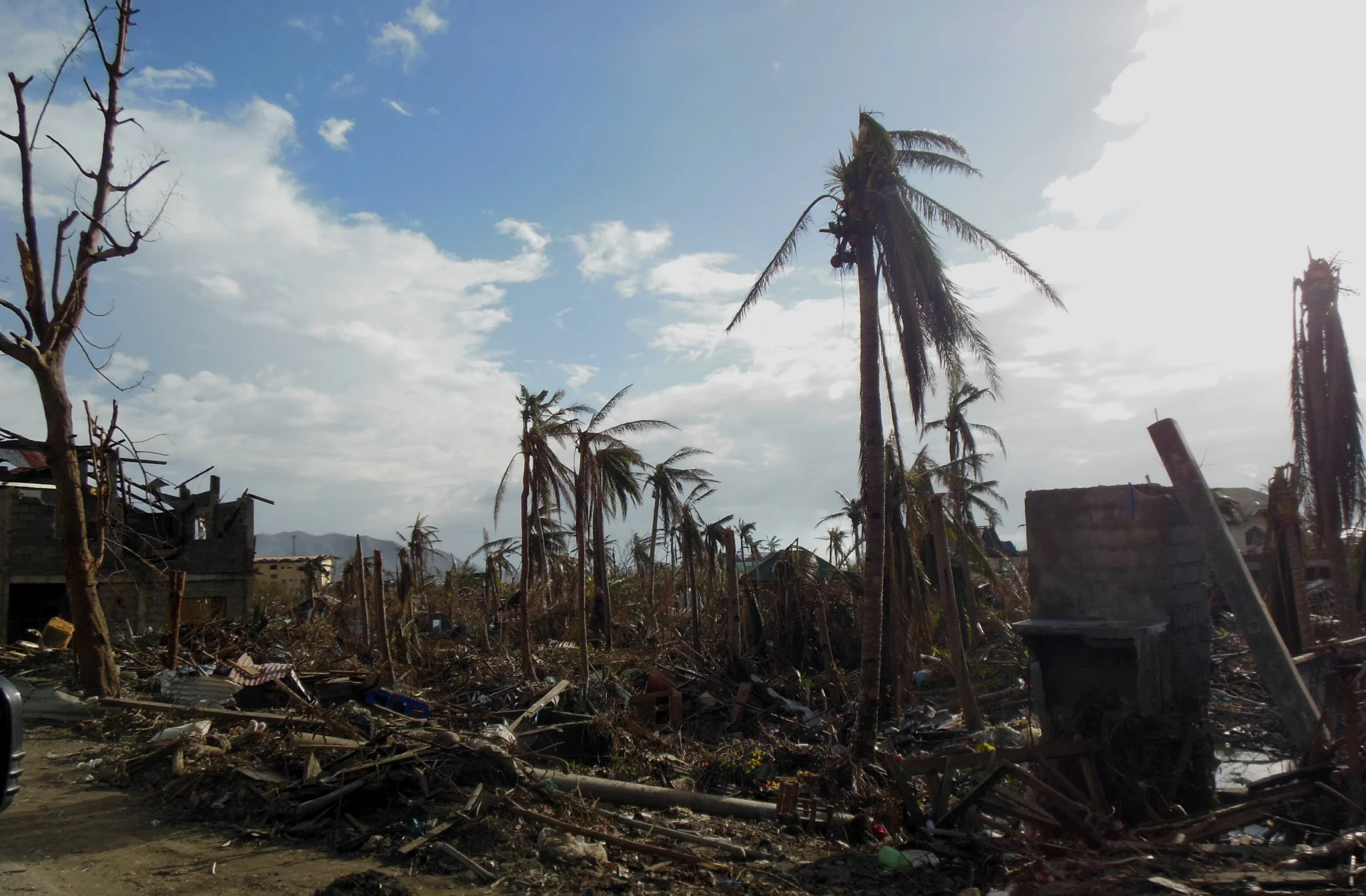Originally published in RE Magazine, November 2014 (cover)
“It took us 38 years to build a distribution system, and in a matter of four hours, it was destroyed.” Macel Avestruz, general manager of LEYECO II, an electric co-op in the Philippines, doesn’t mince words when recalling the wrath of Typhoon Haiyan, which leveled the town of Tacloban where the co-op is head- quartered a year ago this month. Not knowing whether her family was alive, Avestruz rode out the storm with her second family—co-op staff members and their children—under a staircase at the co-op office. (See side- bar, “Macel’s Story.”)
Each year, more than 20 typhoons cross the Philippines, an archipelago of thousands of islands in Southeast Asia. But none was ever like Haiyan, a category 5 cyclone that on November 8, 2013, became the strongest ever to make recorded landfall anywhere on Earth. Tacloban, population 218,000, was the worst-hit city. In Leyte Province, where Tacloban is located, 90 percent of the homes were destroyed or significantly damaged. Storm-surge levels reached 20 feet in some areas.
Four hours after winds of up to 190 mph ripped through her town, Avestruz emerged into what she called “ground zero.”
“I was overwhelmed by what I saw,” she recalls. “So much of Tacloban was destroyed.”

